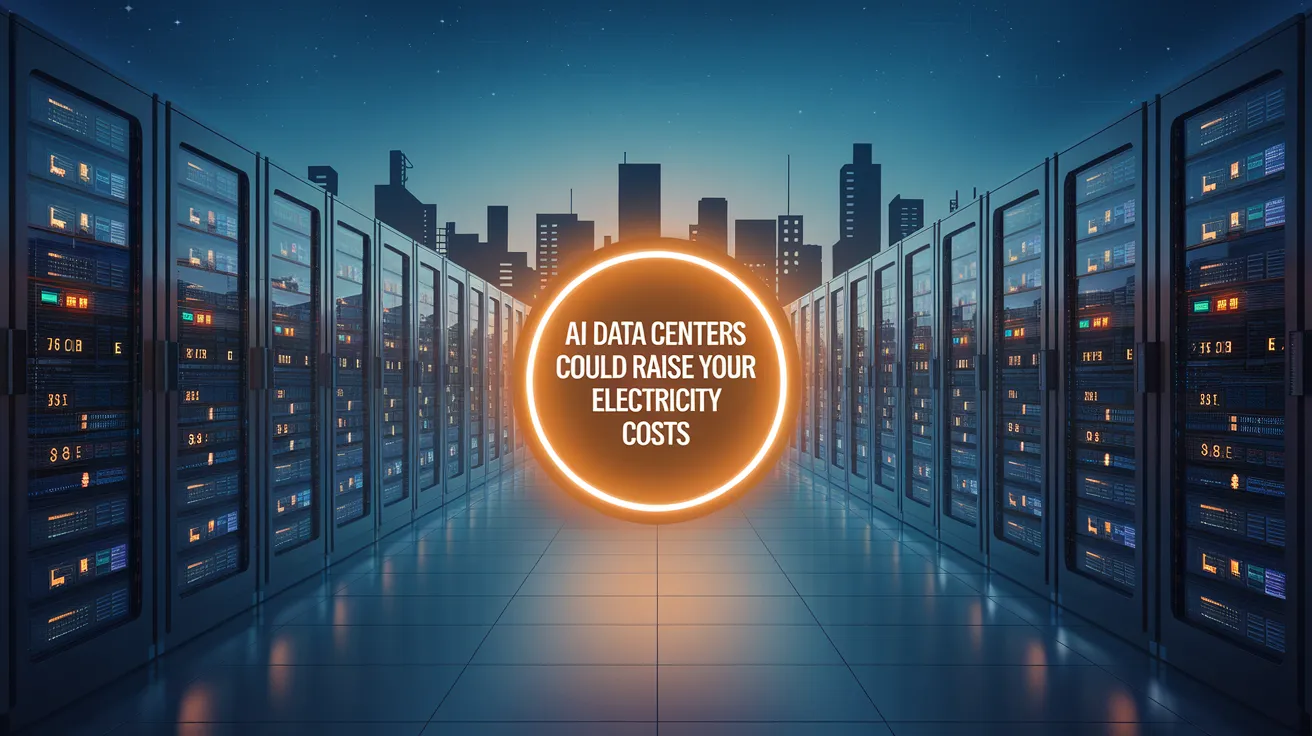AI Data Centers Could Raise Your Electricity Costs

Residents in New Jersey faced alarming news earlier this year when the state’s public utilities board indicated that their electricity bills could increase by up to 20% starting June 1. A significant factor driving this rate hike is the rise of data centers across the U.S., fueled by growing demand for artificial intelligence and data storage.
Escalating Electricity Demand
According to a report by Schneider Electric, which focuses on digital automation and energy management, electricity demand is projected to rise by 16% by 2029, largely due to the proliferation of data centers. As most of these centers rely on the U.S. electrical grid, the increase in demand effectively places the financial burden on ratepayers. Mark Wolfe, executive director of the National Energy Assistance Directors Association, articulated concerns over this growing demand and the lack of transparency from utility companies in addressing it. He noted, “As utilities race to meet skyrocketing demand from AI and cloud computing, they’re building new infrastructure and raising rates, often without transparency or public input.” This suggests that while tech giants benefit from low rates, everyday households are facing higher costs.
The Expansion of Data Centers
The number of data centers in the U.S. has nearly doubled between 2021 and 2024, with significant concentrations in Virginia, California, and Texas. Dave Turk, former deputy secretary of the U.S. Department of Energy, emphasized that these larger data centers, while more energy efficient, will still contribute to a soaring electricity demand. Generative AI companies are particularly culpable, as training large language models like ChatGPT consumes vast amounts of energy. Research indicates that AI searches require ten times the energy of standard internet searches, highlighting the environmental impact of advancing AI technologies.
Projected Power Needs and Reliability Concerns
Experts predict that by 2030, data centers will need an additional 18 gigawatts of power capacity — a surge roughly equivalent to the power demand of New York City. In 2023, about 4.4% of the U.S. electricity was consumed by data centers, and while not all of that consumption is due to AI, the connection is undeniable.
Other Influencers on Electricity Prices
While the rise of data centers is a key contributor to increasing electricity prices, it is not the sole factor. Other influences include natural gas prices, inflation, and the electrification of buildings and vehicles. Utility companies are indeed factoring in this high demand when constructing pricing models. In Virginia, for instance, Dominion Energy proposed a price hike amid discussions about creating a new rate class specific to high energy users, including data centers.
The Broader Economic Impact
Electricity prices in the U.S. have already risen by 4.5% over the last year and are anticipated to increase even more this summer. Furthermore, potential legislation could exacerbate household energy costs, with predictions indicating that families could see an increase of nearly $400 annually. Addressing these mounting energy demands and associated costs requires careful consideration as current trends appear to compromise the stability of the electrical grid. Reports highlight that developments catering to AI and cryptocurrency services outpace the necessary establishment of power plants and transmission lines, which could result in a less reliable energy system overall.